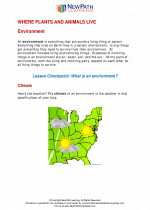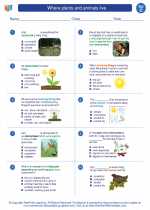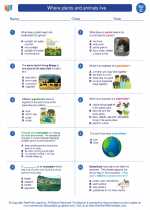Shelter
Shelter is a structure that provides protection and safety from the environment. It is an essential need for all living organisms, including humans, animals, and plants. Shelter can come in various forms and serve different purposes, such as protection from weather, predators, and providing a safe place to rest and raise young.
Types of Shelter
There are different types of shelters, each designed to meet specific needs:
- Natural Shelters: These are shelters that occur in nature, such as caves, burrows, or thick foliage.
- Human-Made Shelters: These are structures built by humans, including houses, apartments, tents, and buildings.
- Animal Shelters: Animals create their shelters, such as nests, hives, and dens.
Functions of Shelter
Shelters serve several important functions:
- Protection from Weather: Shelters provide protection from the sun, rain, wind, snow, and extreme temperatures.
- Security: Shelters offer a safe and secure place to rest, sleep, and raise young without the threat of predators.
- Privacy: Shelters provide a private space for individuals and families to carry out their daily activities.
- Comfort: Shelters offer a comfortable environment by regulating temperature and providing a sense of belonging.
Study Guide
Here are some key points to remember when studying the topic of shelter:
- Define what a shelter is and why it is essential for living organisms.
- Identify and differentiate between natural shelters, human-made shelters, and animal shelters.
- Explain the functions of shelters, including protection from weather, security, privacy, and comfort.
- Discuss the importance of shelters for different species and how they adapt their shelters to their specific needs.
- Explore the cultural and historical significance of different types of human-made shelters around the world.
Understanding the concept of shelter is crucial for understanding the basic needs of living organisms and the ways in which they adapt to their environment. It also provides insight into the diversity of shelters and their importance in different ecosystems.
[Shelter] Related Worksheets and Study Guides:
.◂Science Worksheets and Study Guides Third Grade. Where plants and animals live

 Worksheet/Answer key
Worksheet/Answer key
 Worksheet/Answer key
Worksheet/Answer key
 Worksheet/Answer key
Worksheet/Answer key
 Vocabulary/Answer key
Vocabulary/Answer key
 Vocabulary/Answer key
Vocabulary/Answer key
